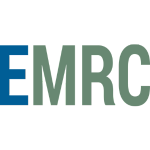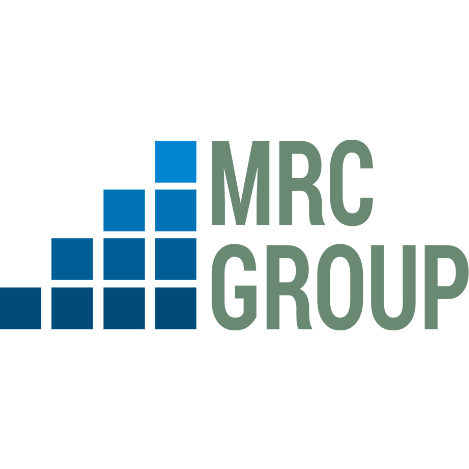








What is Demand Side Management (DSM)?
Originally known as load management, the term DSM was first used in 1984 by Clark Gellings of the Electric Power Research Institute in the United States. DSM involves consumers changing how they use electricity, often encouraged by the electric utility, to achieve more efficient electricity consumption patterns. Utilities use demand side management, or DSM, as a tactic to control and adjust customers' energy use. It entails policies and incentives to modify consumer behaviour to improve the stability of the energy system and save costs.
What Makes Demand-Side Energy Management Crucial?
DSM all comes down to how prudently we use electricity. Envision your home as an insatiable monster that constantly consumes energy. Issues may arise where you fail to regulate when and how much it eats. In the same way, we should also regulate energy consumption in our homes, businesses, and cities, and DSM allows us to do that. By employing DSM strategies we can save on energy bills, reduce the load on the electrical grid, and reduce environmental pollution. Essentially, DSM ensures that the insatiable monster eats at the right times and in healthier ways.
Types of DSM Initiatives
There are three main types of DSM strategies:
- Energy-reduction initiatives: These initiatives aim to reduce overall electricity consumption. Some examples include using energy-efficient appliances, turning off lights when leaving a room, and switching from incandescent bulbs to compact fluorescent bulbs (CFLs) and light emitting Diodes (LEDs).
- Demand response and load management Initiatives: These aim to regulate the timing of our energy usage. These initiatives deal more with managing electric demand on the power grid (i.e. by the utilities) to enhance grid reliability and where possible, reduce the need to purchase additional infrastructure to meet peak demand (i.e. the time of day when electricity consumption is greatest). A popular demand response and load management initiative is load leveling where electricity demand is shifted between peak (high demand) and valley (low demand) periods. Another initiative is Time-of-Use (ToU) Tariffs which suggest that higher rates are imposed during peak demand times and reduced prices are given during off-peak hours. These programs provide a form of energy-related traffic control which helps distribute electricity use more evenly.
- Load Growth and Conservation Initiatives: These initiatives are implemented by utilities to enable productive energy use and environmental compliance among customers. An example of load growth and conservation initiative is creating awareness of the need for energy conservation and the use of distributed generated sources such as solar panels, and mini grids to reduce the load on the national grid.
Benefits of DSM
Some benefits of DSM include:
- Energy and Cost Savings: DSM helps consumers use energy wisely, lowering electricity bills for everyone. By using less energy during peak times or finding ways to be more efficient, consumers can save money on monthly electricity bills. As spending on demand-side programs has grown, so has energy savings. Cumulative annual savings from electric energy efficiency programs in the USA in 2006 was nearly 90 terawatt-hours (TWh) or 2.4% of total electricity sales to end-users in 2006.
- Grid Reliability: When energy consumption is too high, it can put stress on the power grid. DSM helps balance this out by encouraging people to use electricity more evenly throughout the day, reducing the risk of blackouts or brownouts. DSM stimulates the use of distributed energy resources such as solar panels and batteries, which contribute to a more decentralized and resilient energy system.
- Environmental Impact: DSM contributes to environmental preservation and the fight against climate change by reducing energy waste and utilizing more energy-efficient appliances. Furthermore, DSM programs can lead to a reduction in energy consumption, which can contribute to a drop in pollution levels, notably for CO2, as well as a reduction in the emission of other pollutants such as SOx and NOx.
CONCLUSION
DSM is an effective solution for solving the problem of energy mismanagement in the world today. With the help of DSM, countries such as the USA, UK, China, and companies have been able to effectively manage their electricity consumption rate, saving money in the process by conducting energy audits, switching to energy-efficient lighting, utilizing energy-efficient equipment, and altering temperature settings and reducing the impact on the environment. DSM plays a critical role in creating a more sustainable and dependable energy future for all, particularly in the wake of climate change and the energy transition. We can all support the creation of a greener and more efficient world by embracing these innovative solutions.











